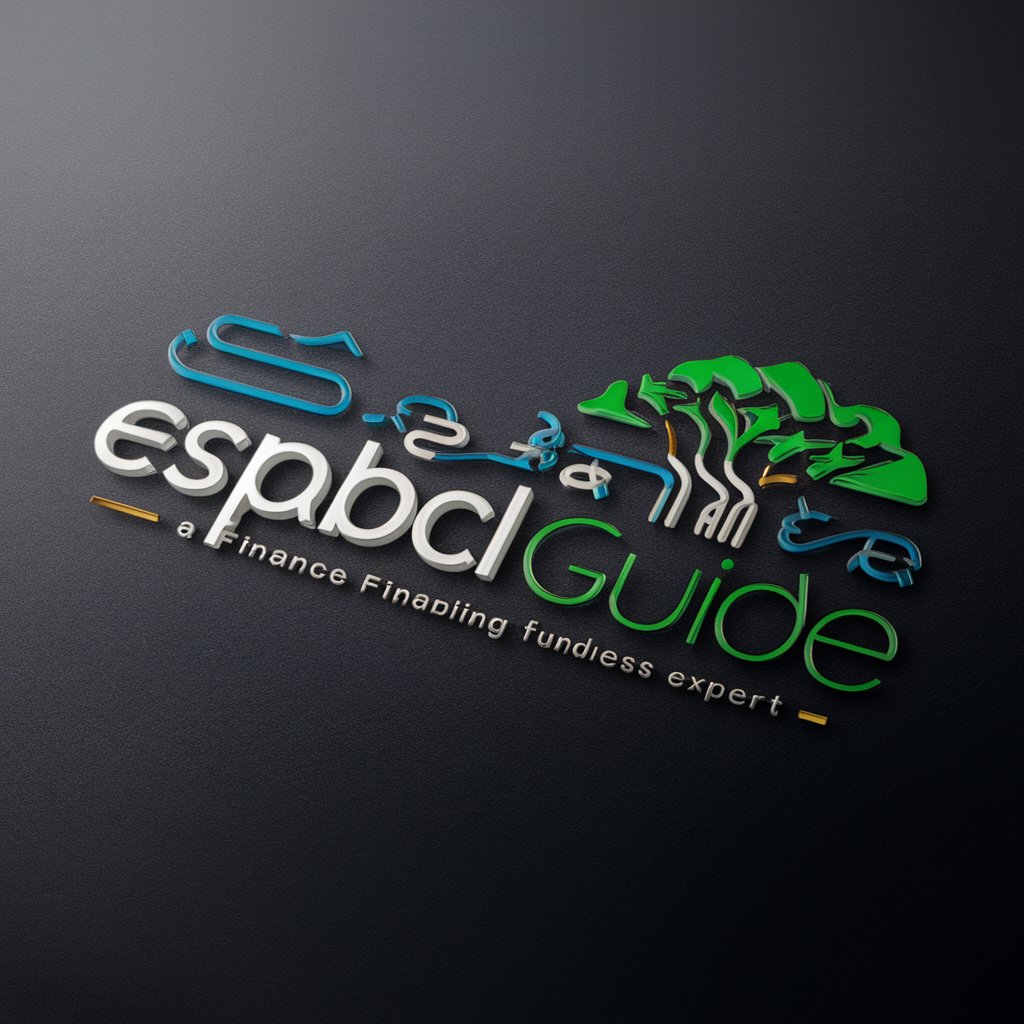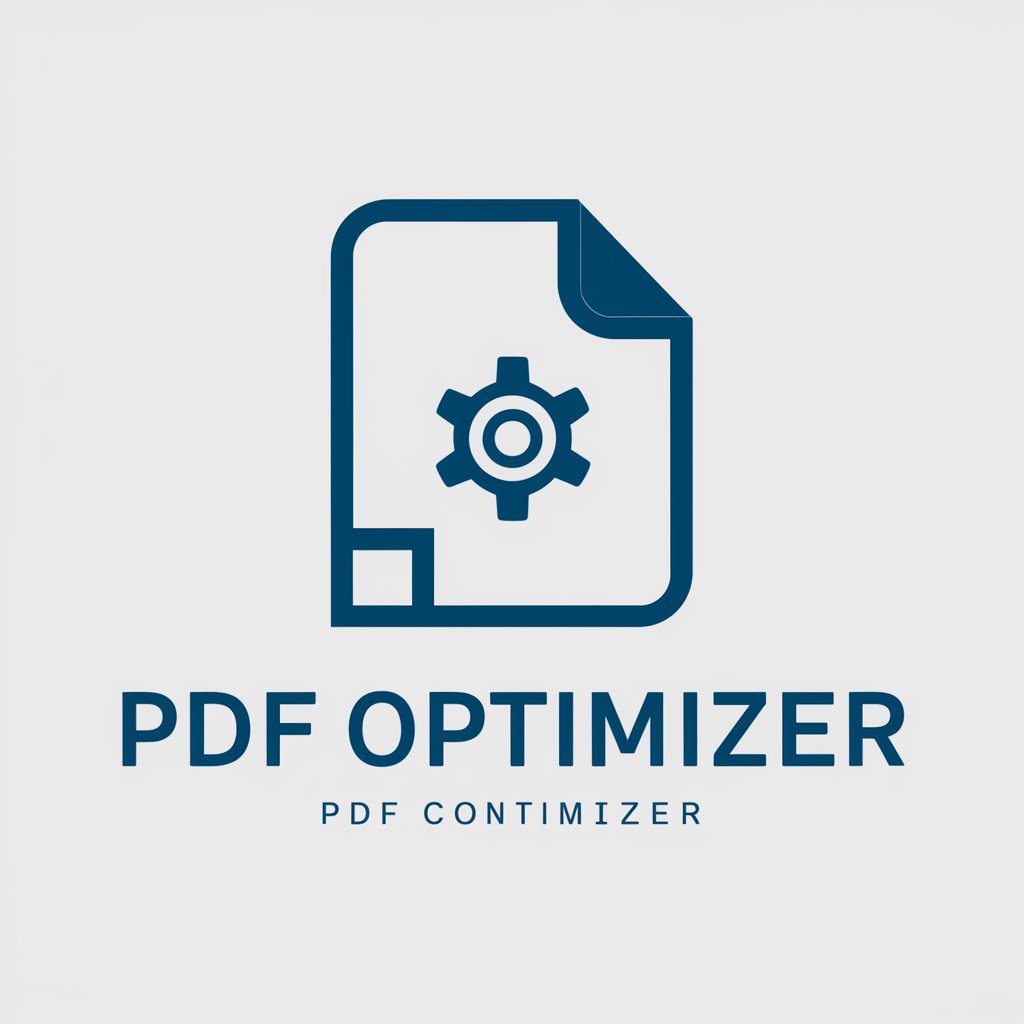Scientific Dissertation Structure Creator - Dissertation Structure Assistance

Welcome to the Dissertation Structure Creator!
Craft your dissertation with AI precision.
What should I include in my literature review?
How do I organize my methodology section?
Can you help me structure my dissertation intro?
Let's start building my own custom research paper
Get Embed Code
Introduction to Scientific Dissertation Structure Creator
Scientific Dissertation Structure Creator is a specialized AI tool designed to assist researchers, students, and academics in structuring their scientific dissertations effectively. It serves to guide the user through the complex process of organizing a dissertation, ensuring that each section is logically arranged and contributes to a coherent overall argument or presentation of research findings. The tool is built to accommodate a wide range of scientific disciplines, offering tailored advice on structuring introductions, literature reviews, methodology sections, results/findings, discussions, conclusions, and bibliographies. Examples of its utility include helping a biology Ph.D. candidate organize their dissertation on the impacts of climate change on marine ecosystems, or assisting a psychology student in structuring a thesis on cognitive behavioral therapy for anxiety disorders. Powered by ChatGPT-4o。

Main Functions of Scientific Dissertation Structure Creator
Customized Structure Creation
Example
Providing a detailed outline for a dissertation on the efficacy of renewable energy sources.
Scenario
A graduate student is uncertain how to organize their research findings into a coherent dissertation. The tool assists by suggesting an introduction that sets the stage for the research, a literature review that contextualizes it within existing work, a methodology section that details the research approach, results/findings sections, a discussion that interprets the findings, and a conclusion that summarizes the research contributions.
Literature Review Assistance
Example
Guiding the organization and synthesis of literature on genetic markers in chronic diseases.
Scenario
An early-career researcher is overwhelmed by the breadth of literature on their topic. The tool helps by outlining a structured approach to review, critique, and integrate key studies, highlighting gaps the current research aims to fill.
Methodology Section Development
Example
Outlining the methodology for a study on the impact of social media on youth mental health.
Scenario
A master's student is preparing their thesis proposal but struggles with detailing their mixed methods research design. The tool provides a framework for describing the study's qualitative interviews and quantitative surveys, including participant selection, data collection methods, and analysis plan.
Ideal Users of Scientific Dissertation Structure Creator Services
Graduate and Doctoral Students
Students pursuing advanced degrees often face challenges in structuring their dissertations. This tool can help them organize their thoughts, ensure comprehensive coverage of their topic, and adhere to academic standards, ultimately aiding in the successful completion of their degrees.
Academic Researchers
Researchers embarking on new studies or compiling their findings for publication can benefit from the tool's structured approach to organizing their work. It can assist in clearly presenting complex research findings and ensuring that the study's contributions are effectively communicated.
University Faculty and Advisors
Faculty members advising students on their dissertations can use this tool to provide structured guidance and support. It can serve as a resource for developing detailed outlines and checklists, making the advising process more efficient and effective.

How to Use Scientific Dissertation Structure Creator
Start your journey
Head over to yeschat.ai for a complimentary trial, accessible immediately without the need for signing up or subscribing to ChatGPT Plus.
Define your project
Provide a concise summary or title of your dissertation topic, the primary research question, the methodology you plan to employ, and key literature references.
Receive structured guidance
Based on the information provided, the tool will offer a structured outline for your scientific dissertation, including sections like Introduction, Literature Review, Methodology, and more.
Tailor your research
Use the generated structure to organize your research and writing process, customizing each section with your specific data, findings, and analysis.
Refine and iterate
Leverage the tool's feedback and suggestions to refine your dissertation's structure, ensuring a coherent and impactful presentation of your research.
Try other advanced and practical GPTs
Home Cleaning Tutor
Streamlining Cleaning with AI

Desarrollador de producto
Empowering Innovation with AI

JamOut
Empowering Innovation with AI

⚖️ Cybersécurité
Empowering cybersecurity with AI
Plants Care & Identification | Trees Care
AI-Powered Plant Wisdom

The Pareto Investor
Maximize Returns with AI-Powered Insights

ESPABCLA Guide
AI-powered financial guidance at your fingertips.

Fit Coach
AI-Powered Personal Fitness Assistant

PDF Optimizer
Optimize PDFs effortlessly with AI

Magic Ears
Unlock the Magic of Disney with AI

Homeplanner.ai
Design Your Dream Home with AI

旅问出行
Visualize Your Journey with AI

Frequently Asked Questions about Scientific Dissertation Structure Creator
What is Scientific Dissertation Structure Creator?
It's an AI-powered tool designed to assist researchers and students in structuring their scientific dissertations efficiently. By inputting their research topic, methodology, and key literature, users receive a detailed framework for their dissertation, including sections on the Introduction, Literature Review, Methodology, Results, Discussion, Conclusion, and References.
Can I use this tool for any field of study?
Yes, the Scientific Dissertation Structure Creator is versatile and can be adapted to a wide range of scientific disciplines, including natural sciences, social sciences, engineering, and humanities.
How does the tool handle methodology sections?
The tool provides detailed guidance on structuring the methodology section based on the research method you're employing, whether it's qualitative, quantitative, experimental, or a mixed-methods approach. It helps in detailing research methods, tools, participants, and processes.
Is the tool suitable for beginners in academic writing?
Absolutely. The tool is designed to be user-friendly for both novices and experienced researchers. It provides clear instructions and a structured approach that can significantly simplify the dissertation writing process.
How does the tool assist with literature reviews?
The tool helps organize and discuss existing research relevant to your topic. It guides users in highlighting research gaps and how their study aims to fill these, ensuring a comprehensive review of pertinent literature.
